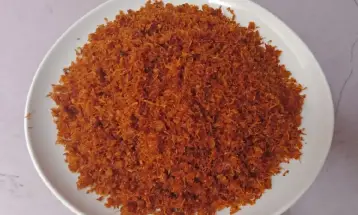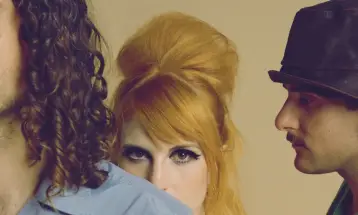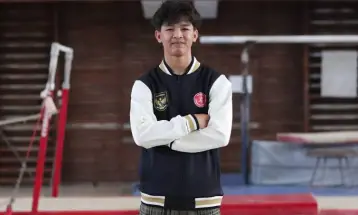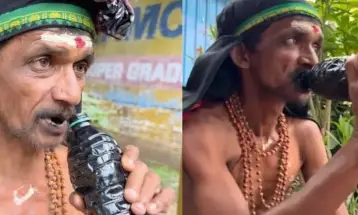Tracing the History and Meaning of Jaran Kepang Dance

Holiday Ayo - Speaking of regional arts, East Java Province always presents various dances and arts that are popular in Indonesia, one of which is the Jaran Kepang Dance or Jathilan art.
Almost all areas in East Java may have Jaranan dance. However, Jathilan or Jaran Kepang is the only dance that is part of the performing arts of Reog Ponorogo.
This art really comes from Ponorogo. Because of its uniqueness, the presence of Jaran Kepang art has also developed in various areas outside East Java.
This dance has a deep meaning and a long history. Until now, this dance performance is still held on various occasions to enliven the event. The following is a complete review of the history, philosophy, movement, and properties of the Jaran Kepang dance.

source: Merdeka.com
The History of Jaran Kepang Dance
In its history, there are various different versions that explain the origin and history of this art. The following are important points about the history of this dance.
1. Since Primitive Times
The origin of this dance is still widely discussed. However, relief was found in Candi Jawi which describes this dance. That said, this dance is used as part of a traditional ceremony that is magical. They even use real horses in the dance.
2. Support for Prince Diponegoro
There is also a history that states that this dance is a form of community support for Prince Diponegoro. Prince Diponegoro is known as one of the leading figures who participated in the struggle to quell colonial rule at that time. This is what causes this dance to take the form of cavalry as did Prince Diponegoro.
3. Comes from the Struggle of Raden Patah
When a colonial rule in Java, Raden Patah together with Sunan Kalijaga tried to expel them from the archipelago. At the same time, this dance was created to commemorate their services to the indigenous population who had to work and submit under colonial rule.

source: Merdeka.com
The Meaning and Function of the Jaran Kepang Dance
In discussing regional arts, the meaning and function of art are one of interesting things to discuss. The following are interesting points regarding the meaning and function of the Jaran Kepang Dance.
1. Describing Human Nature
One of the storylines in this dance is a fight between Warok and Gemblakan. Their relationship reflects human nature consisting of good and bad. Good people are usually humble and patient, while bad people are greedy and arrogant.
2. Ask for Fertility
The work background of the Javanese people is as a farmer. They rely on agriculture for their daily life. By holding this art event every time they start the planting season, they hope that their agricultural land will be fertile and produce abundant harvests.

source: Merdeka.com
3. Avoiding Disaster
Disasters are commonplace beyond human control. They believe that people can avoid disaster by praying to the Almighty. Jaran Kepang dance is one of the rituals to ask to avoid disasters, be it natural disasters, epidemics, or environmental damage.
4. Asking for Peace
Social life does not deny if there are disputes between communities. This art contains a meaning to ask for peace so that people can live together. This is rooted in history and this dance was created to live in peace and get out of colonialism.
Of the many Javanese dances, Jaran Kepang Dance is an interesting, varied, and dashing dance. Dancers are generally men because of their role as soldiers. Until now, the jaranan dance is still widely used for various events, such as village cleaning, festivals, to weddings.








Leave a comment